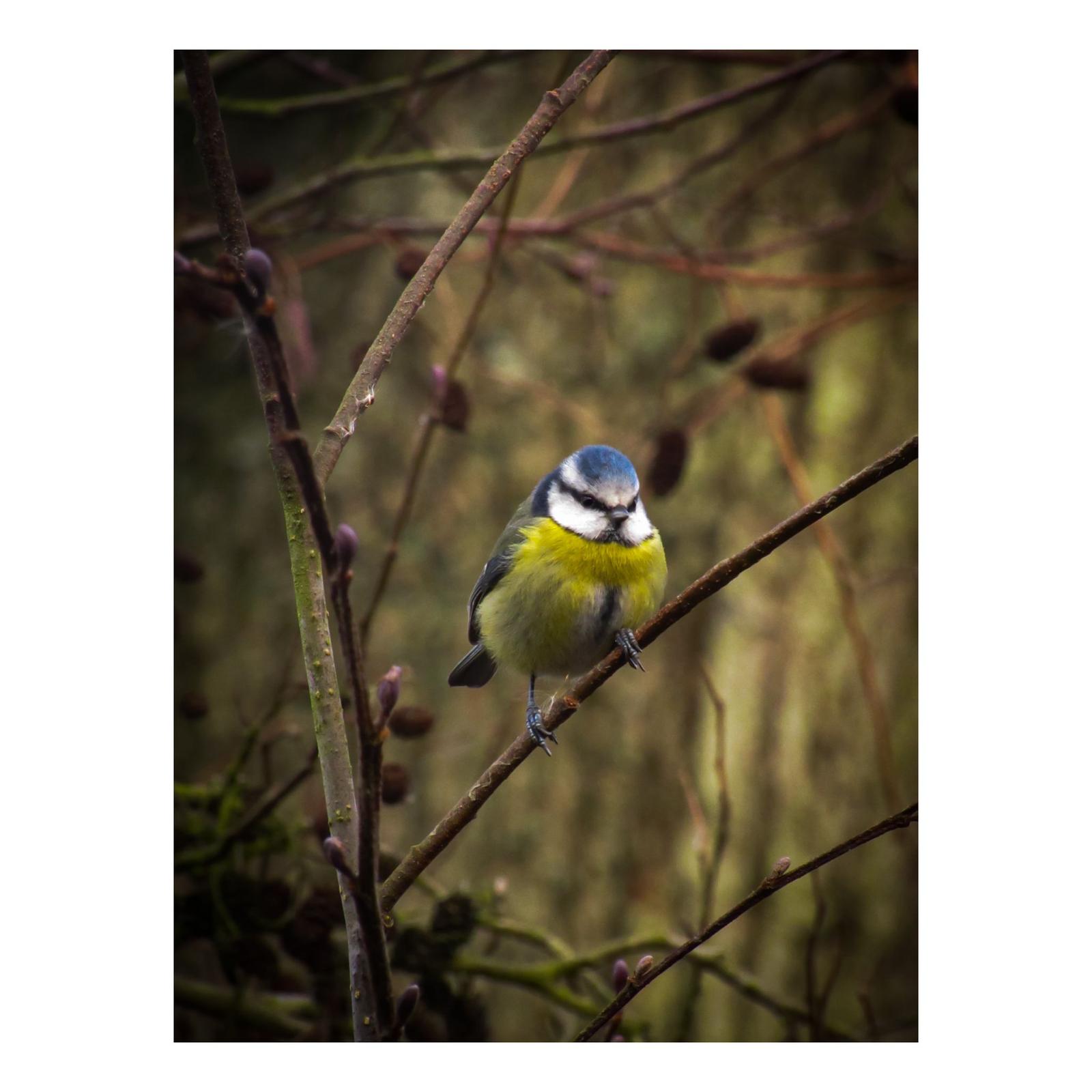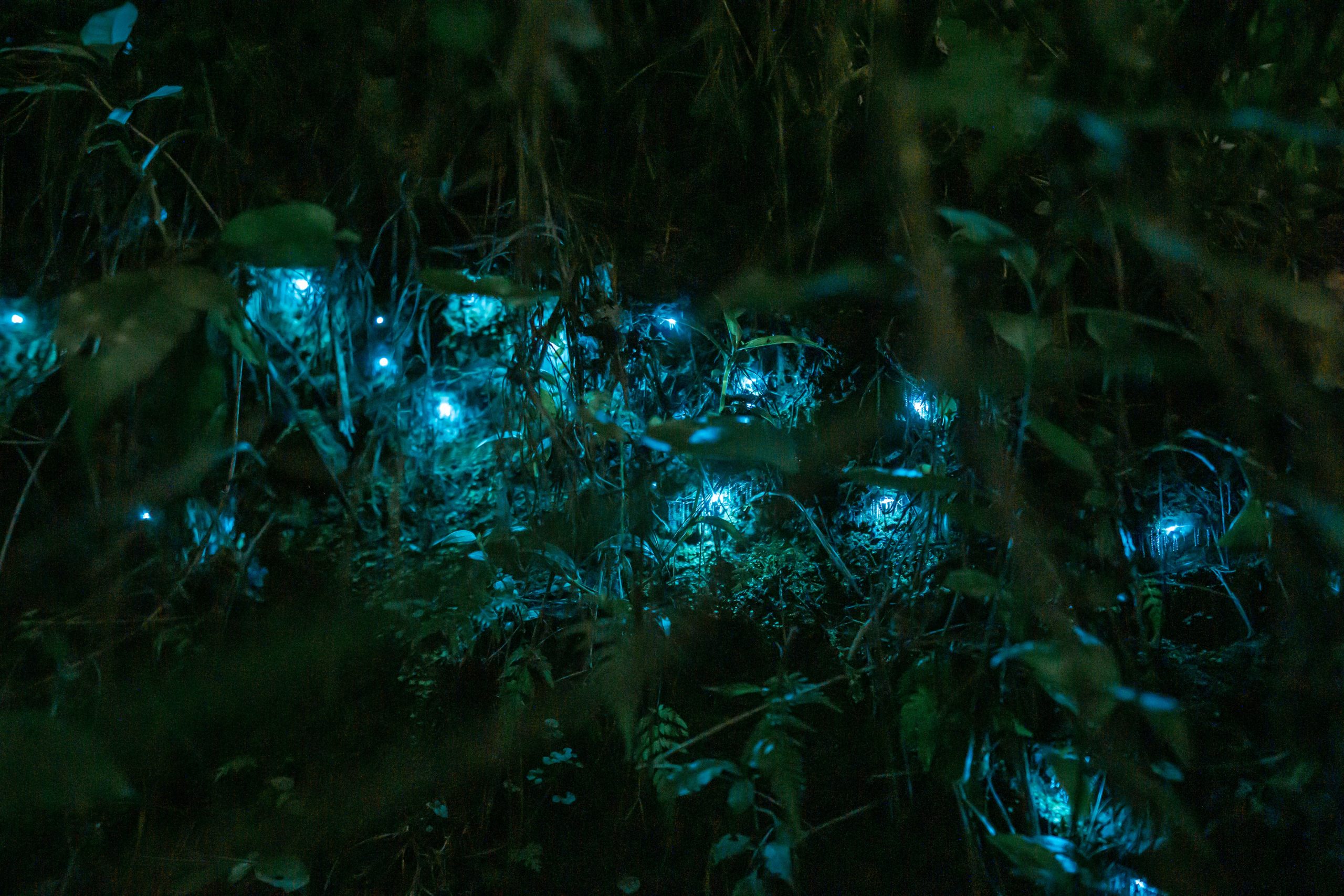All eight species of pangolins are found on two continents. They range from vulnerable to critically endangered. All eight pangolin species are
protected under national and international laws, and two are listed as
Critically Endangered on the IUCN Red List of Threatened Species. Four
species live in Africa: Black-bellied pangolin (Phataginus tetradactyla),
White-bellied pangolin (Phataginus tricuspis), Giant Ground pangolin
(Smutsia gigantea) and Temminck’s Ground pangolin (Smutsia
temminckii). The four species found in Asia: Indian pangolin (Manis
crassicaudata), Philippine pangolin (Manis culionensis), Sunda pangolin
(Manis javanica) and the Chinese pangolin (Manis pentadactyla).
Unlike other pangolin species around the world that teeter on the brink
of extinction, a new study suggests that with the appropriate
conservation measures, the Philippines’ endemic pangolin still has a shot
at bouncing back. But what is being done to aid their recovery that is
more effective than the conservation attempts on other pangolin
species?
Pangolins are secretive, solitary, and mostly nocturnal-and many
mysteries remain about their natural history and behaviour. We do not
even have a solid estimate of how many pangolins remain in the wild.
Conservationists and scientists are working to map the current
distribution and range, and estimate population sizes. This is why this
study is so revolutionary…
The primary threat to most pangolin species is illegal hunting and poaching for local use and illicit international trade. Recent estimates based on seizure data suggest that the equivalent of more than 895,000 pangolins were trafficked globally between 2000 and 2019.
Instead of spending time and money searching for these elusive, quiet, nocturnal creatures, this study adds to the existing knowledge base by drawing from what’s called local ecological knowledge (LEK), a type of
data that builds on first-hand observations or interactions of locals in an
area where a species can be found. People living near to these animals have invaluable knowledge on the creatures that they share the
land with. Eighty-seven percent of respondents in the Palawan survey
could identify and provide information on the Philippine pangolin, but
said sightings are rare or very rare, even compared to other threatened
species.
This points to an urgent need to establish localized conservation
initiatives, the study says. But the survey notes a high level of general
local support for wildlife protection, particularly of the pangolin, which
suggests a promising future for the local population, and hopefully a more collaborative approach to conservation.
https://news.mongabay.com/2021/01/its-not-too-late-yet-to-save-the-philippine-pangolin-study-finds/
https://www.sciencedirect.com/science/article/pii/S2351989420309367?via%3Dihub
https://www.savepangolins.org/conservation
https://www.savepangolins.org/threats




0 Comments